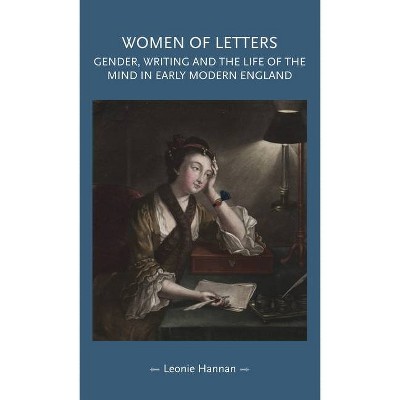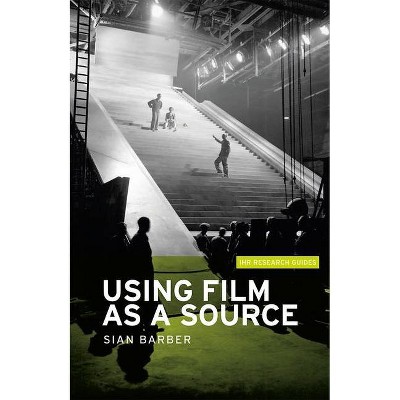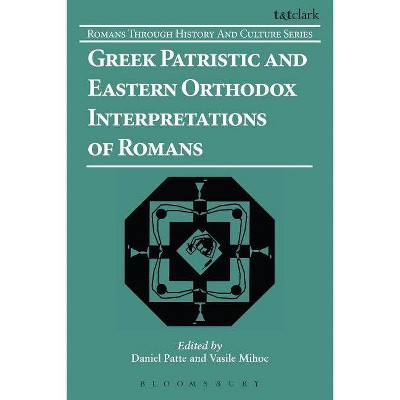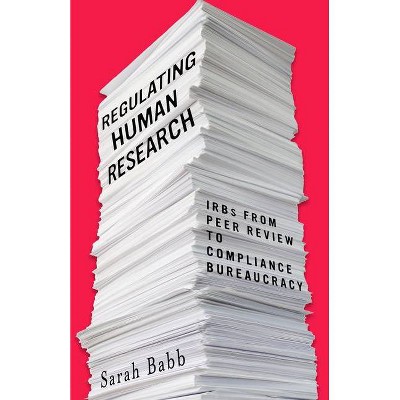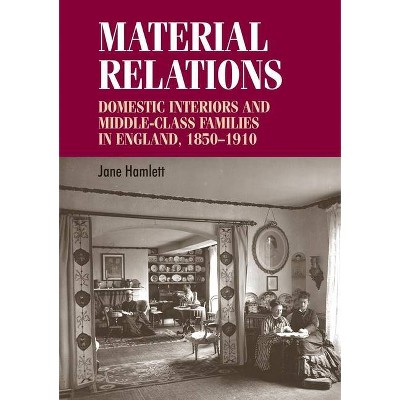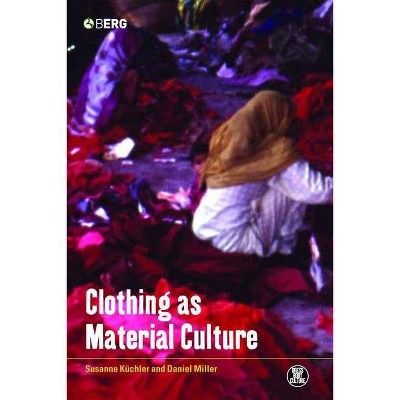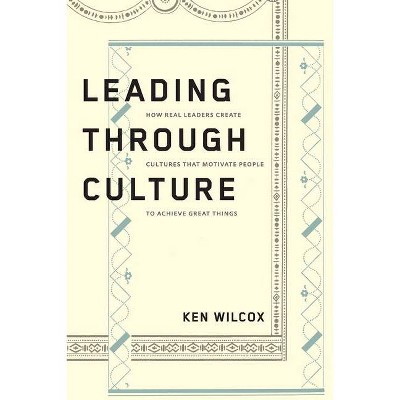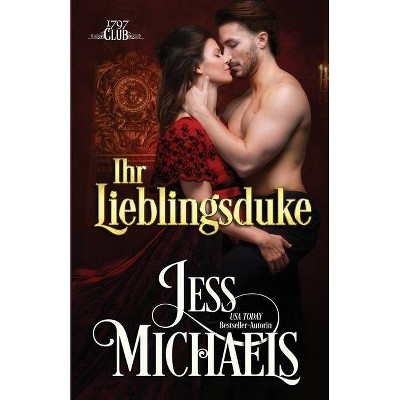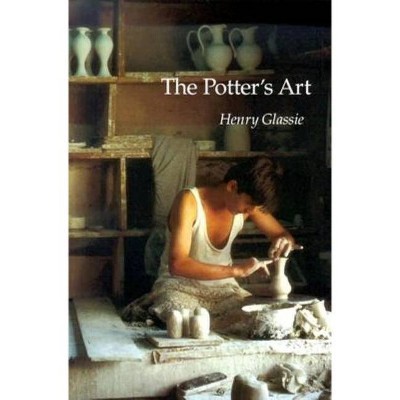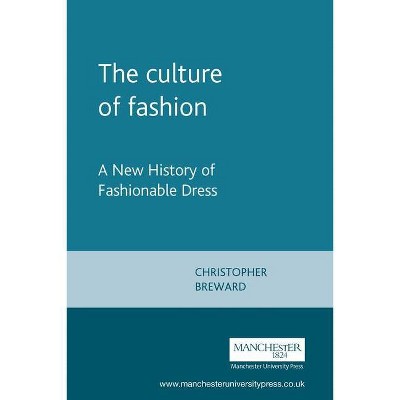History Through Material Culture - (Ihr Research Guides) by Leonie Hannan & Sarah Longair (Paperback)
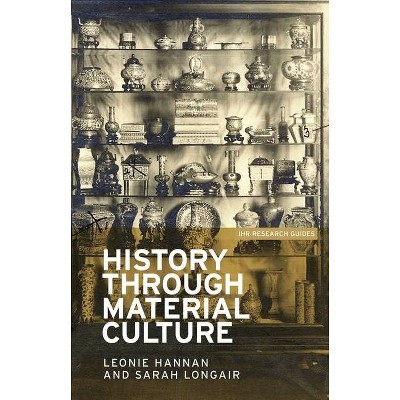
Similar Products
Products of same category from the store
AllProduct info
<p/><br></br><p><b> About the Book </b></p></br></br>Material culture is central to human experience and represents a vital but under-used source for historians. Written in a lively and accessible style, this guide provides clear and practical guidance on how to incorporate the study of objects into historical practice.<p/><br></br><p><b> Book Synopsis </b></p></br></br><p><em>History through material culture</em> is a concise guide for historians focused on how to use material culture as a source. Written in an engaging and clear style, it provides step-by-step instructions for researchers interested in incorporating the study of objects into their historical practice. <br /> <br /> The book aims to inspire readers to use objects as historical sources by highlighting the many new and exciting avenues of research which this rich evidence opens up. By outlining the development of different disciplinary approaches and synthesising a range of complex methodological and theoretical arguments, the book aids researchers in developing their own original project. It draws on a range of examples from across the world, from apparently mundane everyday items to those stored in national museums, and concentrates on the early modern and modern eras. The authors are both historians with experience of working in museums and, consequently, the book contains a wealth of practical advice on how to access, study and write about objects stored in such institutions. <br /> <br /> <em>History through material culture</em> provides an indispensable guide for students at undergraduate and postgraduate levels, and independent researchers new to the study of objects, in history and related disciplines in the humanities. It is an ideal textbook for the many courses in history and museum and heritage studies devoted to the study of material culture.</p><p/><br></br><p><b> From the Back Cover </b></p></br></br><i>History through material culture</i> is a concise guide for historians focused on how to use material culture as a source. Written in an engaging and clear style, it provides step-by-step instructions for researchers interested in incorporating the study of objects into their historical practice. The book aims to inspire readers to use objects as historical sources by highlighting the many new and exciting avenues of research which this rich evidence opens up. By outlining the development of different disciplinary approaches and synthesising a range of complex methodological and theoretical arguments, the book aids researchers in developing their own original project. It draws on a range of examples from across the world, from apparently mundane everyday items to those stored in national museums, and concentrates on the early modern and modern eras. The authors are both historians with experience of working in museums and, consequently, the book contains a wealth of practical advice on how to access, study and write about objects stored in such institutions. <i>History through material culture</i> provides an indispensable guide for students at undergraduate and postgraduate levels, and independent researchers new to the study of objects, in history and related disciplines in the humanities. It is an ideal textbook for the many courses in history and museum and heritage studies devoted to the study of material culture.<p/><br></br><p><b> About the Author </b></p></br></br><br><strong>Leonie Hannan</strong> is Research Fellow in Eighteenth-Century History at Queen's University, Belfast <p/><strong>Sarah Longair</strong> is Lecturer in the History of Empire at the University of Lincoln<br>
Price History
Cheapest price in the interval: 18.99 on October 27, 2021
Most expensive price in the interval: 18.99 on November 8, 2021
Price Archive shows prices from various stores, lets you see history and find the cheapest. There is no actual sale on the website. For all support, inquiry and suggestion messages communication@pricearchive.us
